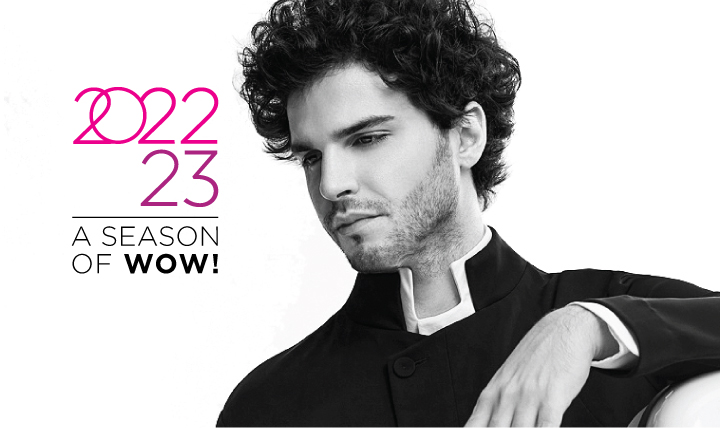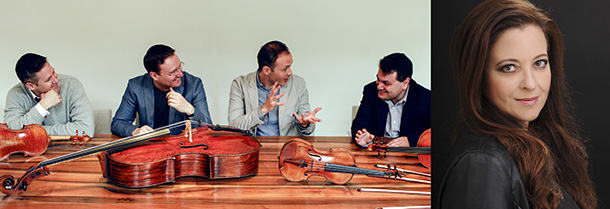Author: VRS
-
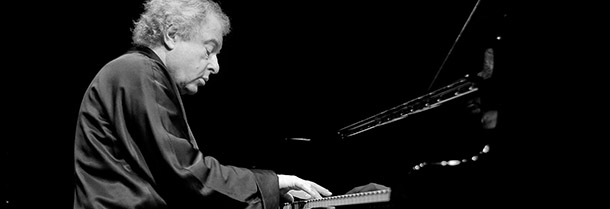
PROGRAM NOTES: SIR ANDRÁS SCHIFF PERFORMS THE GOLDBERG VARIATIONS
Bach’s Clavier-Übung (1726-1741) The works on this evening’s recital are selected from Bach’s collection of keyboard pieces published in four parts between 1726 and 1741 under the collective title Clavier-Übung (keyboard exercise). In this collection Bach systematically lays out for amateur and professional keyboard-players alike his mastery of the genres, compositional techniques, and national styles…
-
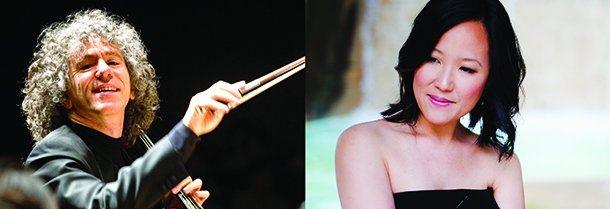
PROGRAM NOTES: STEVEN ISSERLIS AND CONNIE SHIH
Reynaldo Hahn Variations chantantes sur un air ancien The Venezuelan-born French composer Reynaldo Hahn is best known for his contribution to the French song repertoire with his more than 100 mélodies published between 1890 and his death in 1947. He is equally well known as the sometime romantic partner of writer Marcel Proust, whose epic…
-

-
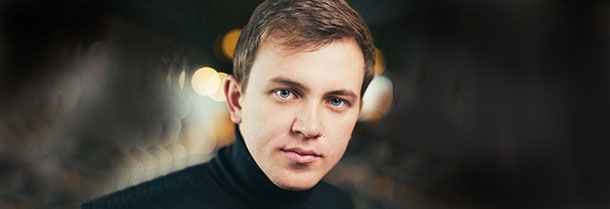
PROGRAM NOTES: FILIPPO GORINI
Johann Sebastian Bach The Art of Fugue BWV 1080 By the 1740s Bach had largely withdrawn from composing new church music for Leipzig’s Thomaskirche, devoting his creative energies instead to a series of large-scale projects that responded more directly to his own personal and professional interests. These monumental works were encyclopedic in scope, systematic in…
-

JOIN US!
Fresh off the announcement of an exciting fall season, Vancouver Recital Society is delighted to announce our recruitment drive for new members to the Board of Directors. Are you passionate about classical music and looking for ways to give back to your community, build your network and become more engaged? We are currently looking for…
-

PROGRAM NOTES: GOLDA SCHULTZ
Clara Schumann Liebst du um Schönheit | Warum willst du andre frage | Am Strande | Lorelei Clara Schumann (née Wieck) was a major figure in nineteenth-century music. As a child prodigy, she toured Europe with her father and teacher Friedrick Wieck, meeting Goethe in Weimar and Paganini in Paris. After her marriage to Robert…
-

PROGRAM NOTES: STEVEN OSBORNE
Franz Schubert Impromptu No. 1 in F minor D. 935 The impromptu is just one of a number of small-scale instrumental genres arising in the early 19th century, known under the collective title of character pieces. Cultivated by composers in the emerging Romantic movement, these pieces presented a simple musical idea in an intimate lyrical…
-

PROGRAM NOTES: DANIEL HSU
Robert Schumann Kinderszenen Op. 15 The character piece, a short work expressing a single mood or illustrating an idea suggested by its titling, was a typical product of the Romantic era, and Robert Schumann was a major contributor to the genre. In 1838 he composed 30 such works, publishing 13 of them in a collection…
-
